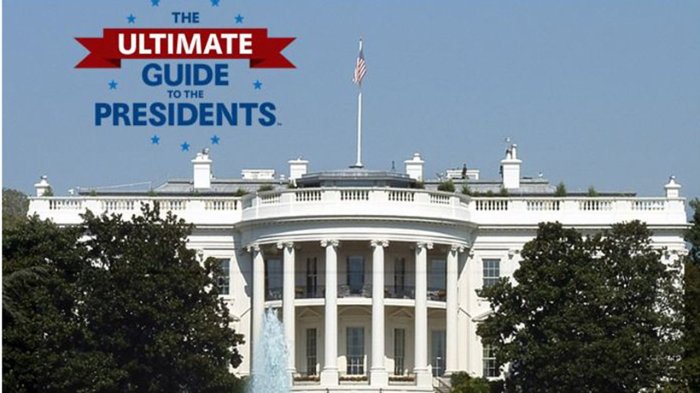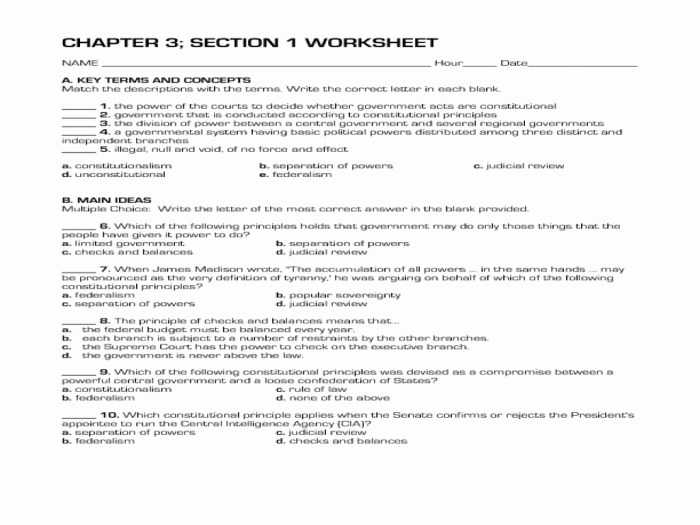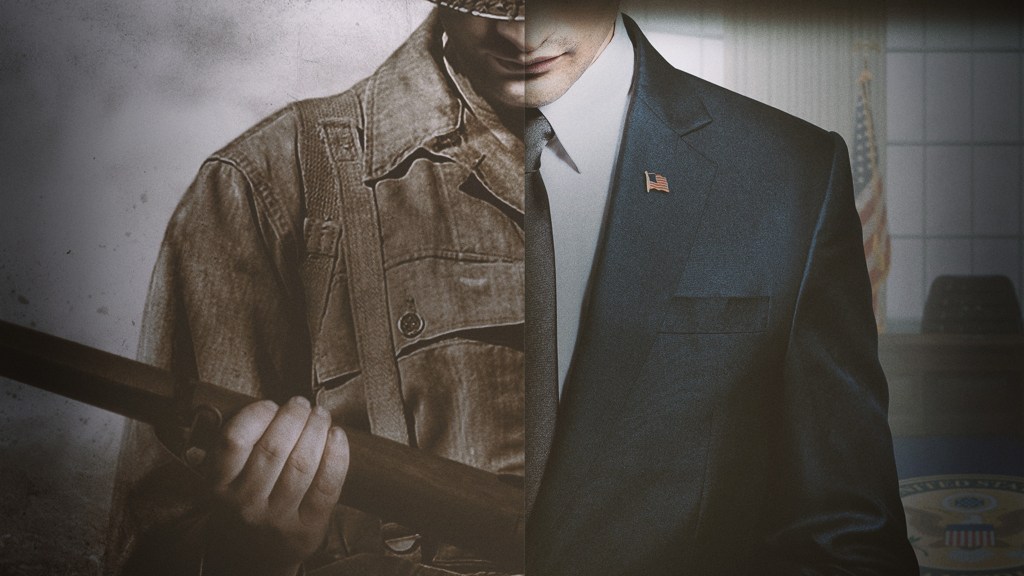Embark on an extraordinary journey with The Ultimate Guide to the Presidents Worksheet Answers, an authoritative exploration of the American presidency. This comprehensive guide delves into the intricate workings of the presidency, examining its historical context, the personal qualities of歴代大統領, and the enduring legacies they have left on the nation.
As we delve into the annals of American history, we will uncover the pivotal events that have shaped the presidency, from the founding fathers to the modern era. We will analyze the key powers and responsibilities of the President, examining how they have been exercised throughout history.
Furthermore, we will explore the personal traits and beliefs that have influenced the leadership styles of歴代大統領, shedding light on the challenges they faced and the decisions they made.
Understanding the Concept of Presidents

The President of the United States is the head of state and government, commander-in-chief of the armed forces, and chief diplomat. The President’s powers and responsibilities are Artikeld in the Constitution, which establishes a system of checks and balances among the three branches of government: executive, legislative, and judicial.
The President and the Branches of Government
The President interacts with the other branches of government in a variety of ways. The President can veto bills passed by Congress, but Congress can override the veto with a two-thirds vote in both houses. The President can also appoint judges to the Supreme Court, who serve for life and have the power to interpret laws and strike down laws that they find unconstitutional.
Key Presidential Powers
The President has a number of key powers, including the power to:
- Propose legislation
- Sign or veto bills
- Issue executive orders
- Command the armed forces
- Conduct foreign policy
- Grant pardons
These powers have been used by presidents throughout history to shape the course of the United States.
Analyzing the Historical Context of Presidents

The presidency has evolved over time in response to changing circumstances. The early presidents were primarily concerned with establishing the new nation and defining its role in the world. In the 19th century, presidents played a key role in expanding the country’s territory and developing its economy.
In the 20th century, presidents led the country through two world wars and the Cold War.
Timeline of Major Events
- 1789: George Washington is inaugurated as the first President of the United States.
- 1803: Thomas Jefferson purchases the Louisiana Territory from France, doubling the size of the United States.
- 1861-1865: The Civil War is fought between the Union and the Confederacy.
- 1917-1918: The United States enters World War I.
- 1941-1945: The United States enters World War II.
- 1947-1991: The United States and the Soviet Union engage in the Cold War.
- 1991: The Soviet Union collapses, ending the Cold War.
Eras of the Presidency
Historians have identified several eras of the presidency:
- The Founding Era (1789-1829)
- The Jacksonian Era (1829-1861)
- The Civil War and Reconstruction Era (1861-1877)
- The Gilded Age (1877-1901)
- The Progressive Era (1901-1920)
- The New Deal Era (1933-1945)
- The Cold War Era (1945-1991)
- The Post-Cold War Era (1991-present)
Each era has been characterized by its own unique set of challenges and opportunities.
Turning Points in Presidential History, The ultimate guide to the presidents worksheet answers
There have been a number of key turning points in presidential history, including:
- The adoption of the Constitution in 1789
- The Louisiana Purchase in 1803
- The Civil War
- The New Deal
- The Cold War
- The collapse of the Soviet Union
These turning points have had a profound impact on the role of the President and the course of the United States.
Questions and Answers: The Ultimate Guide To The Presidents Worksheet Answers
What are the key responsibilities of the President of the United States?
The President is responsible for enforcing laws, commanding the armed forces, conducting foreign policy, and appointing federal officials.
How have the different eras of the presidency shaped the role of the President?
The presidency has evolved significantly over time, with different eras characterized by distinct challenges and expectations. For example, the early presidents focused on establishing the nation and defining its foreign policy, while later presidents grappled with issues such as slavery, civil rights, and economic growth.
What are some common challenges faced by presidents?
Presidents often face challenges such as economic crises, international conflicts, and domestic unrest. They must navigate these challenges while balancing the interests of different constituencies and upholding the Constitution.
